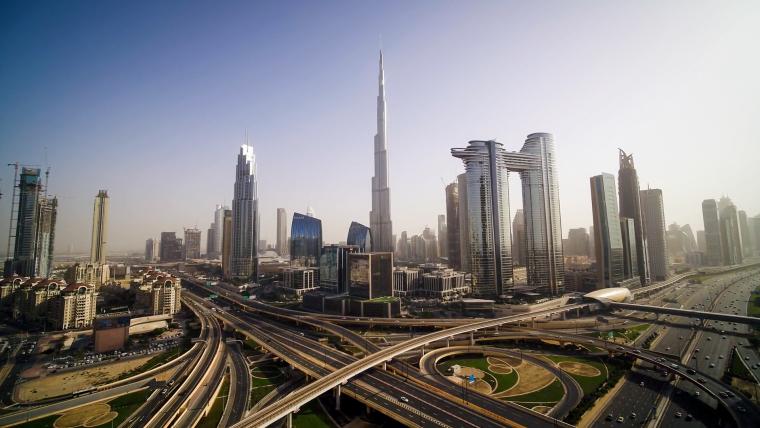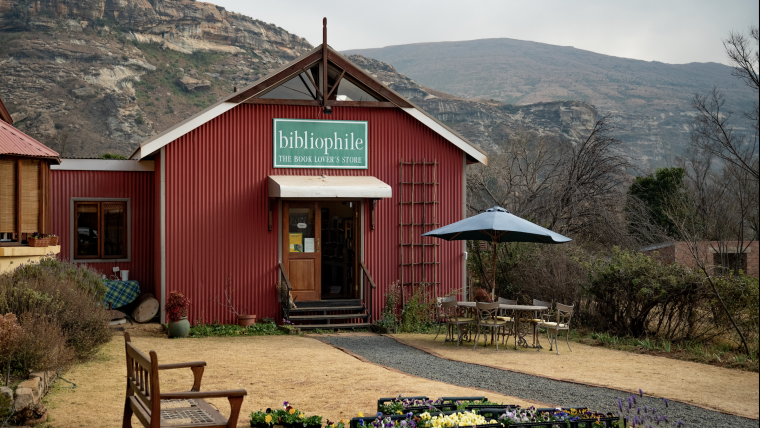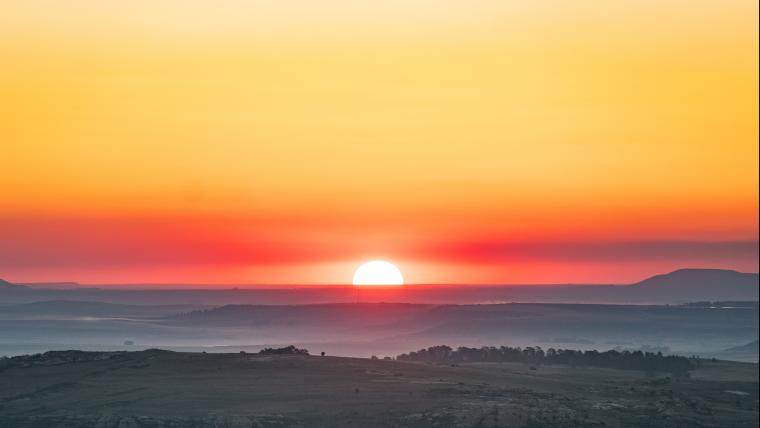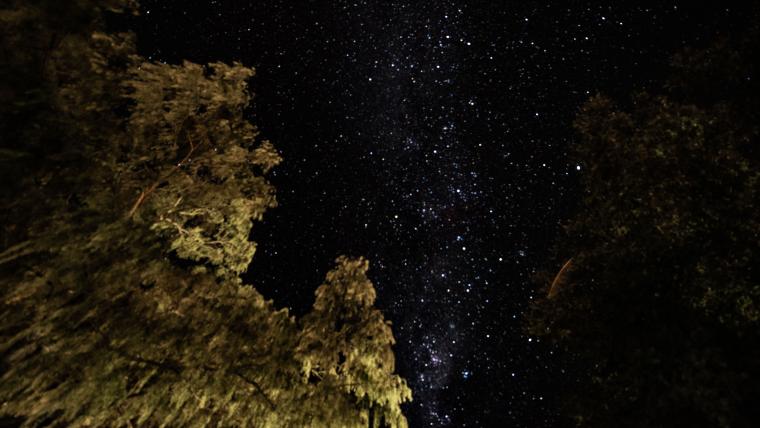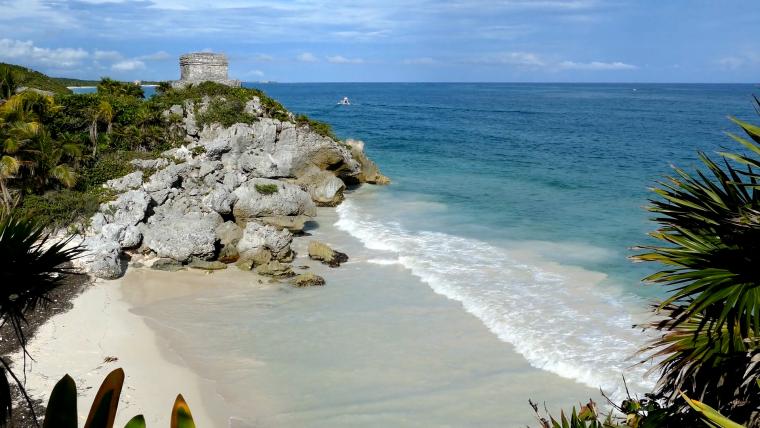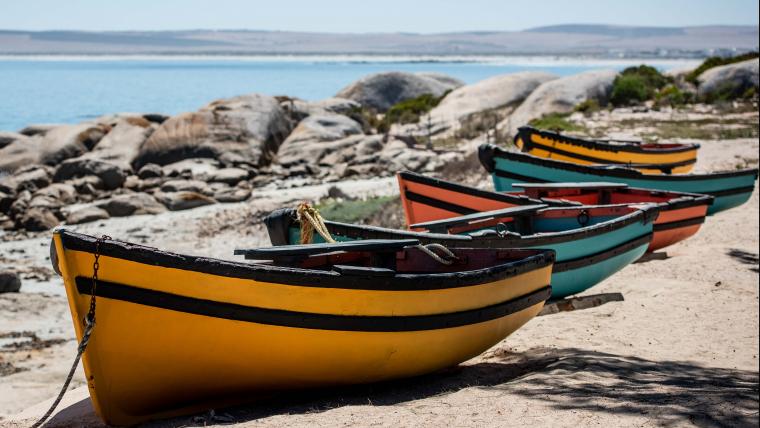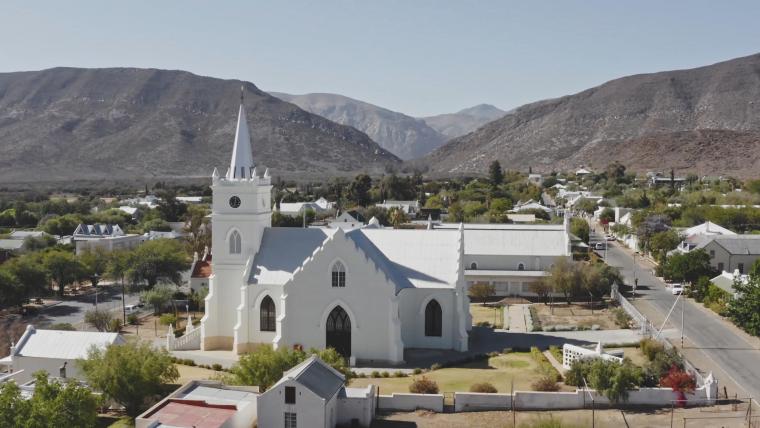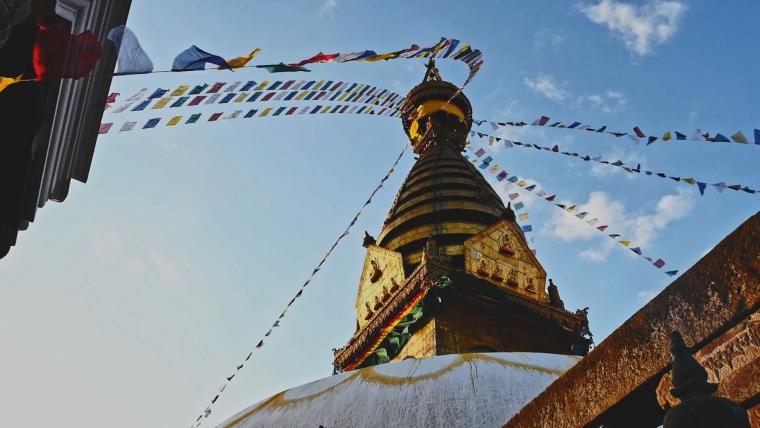
Uncover Kathmandu’s tapestry of ancient legends, temples, and Newar traditions
At the foothills of the Nepalese Himalayas lies a valley of pilgrims and religious relics. Kathmandu is steeped in legends spanning centuries, and is sacred to both Buddhism and Hinduism. People flock here from around the world to pay their respects at breathtaking temples, experience the culture of Newar people, and immerse themselves in ancient traditions amid the bustle of city life.
GO: Sitting 1 400 metres above sea level, Kathmandu is considered the gateway to the Himalayas. The city serves as Nepal’s capital, and was once the seat of the Kingdom of Nepal. The Narayanhiti Palace Museum displays the royal jewels of former monarchs. However, the real gems of this city are its places of faith.
SEE: Kathmandu is renowned as the City of Temples. Shrines are dotted throughout the area, featuring tiered roofs with intricate details. The Newar people are traditionally the city’s architects and their woodwork is some of the most elaborate in the world. Hindus and Buddhists treasure Kathmandu as a region central to their spirituality, visiting the various temples and partaking in festivals such as the Maha Shivaratri and the Machendra Jatra.
Legends regarding the history of the valley are detailed in Buddhist scripture. It’s believed that the region was once a lake which had a lotus in it. Manjushri, the figure of wisdom and learning, created a gorge in the land to drain the water so that people could access it. This created the Kathmandu valley, and the flower transformed into one of the area’s most important religious complexes.
The Swayambhunath complex sits above the city. Dating back to the year 460, it has over 300 steps leading to the top. Inside its boundaries are numerous shrines and temples, as well as a stupa, which is a mound-like monument that contains relics and is used for meditation. Sacred to Hindus and Buddhists, it showcases symbols of both faiths and welcomes pilgrims daily.
But there’s another group who is prominent at this spot. Troops of monkeys claim their place here, and they have their roots in scripture as well – Buddhists believe that they originated from head lice on Manjushri’s scalp.
DO: Escape the clamour of Kathmandu to a space which remains unchanged since the 17th century. The Bhaktapur Durbar Square lies 13 kilometres east of the city. It’s a UNESCO World Heritage Site with attractions such as the Fifty-Five Windows Palace to the north of the square.
Meander through the alleyways and discover the artisanship of Newar vendors. This group makes up approximately half the population of the valley. Today, their creative legacy lives on through pottery, the production of textiles, and their talent for creating a dish known as juju dhau which is regarded as the king of yoghurts. It’s made of buffalo milk boiled with spices in clay pots and is the city’s specialty.
Described as the best-preserved area of Kathmandu valley, visitors to Bhaktapur must pay an entry fee to experience its delights. The region experienced a devastating earthquake in 2015, and funds go towards maintaining the structures that survived. Thanks to the tireless work of locals, the square retains the appeal it held during medieval times.
This mountainous mecca elevates all who enter it. Marvel at the way religion, culture, and heritage form a tapestry across the valley. Kathmandu holds endless intrigue for those seeking enlightenment.

